
The sun peaked through the clouds when we drove up to the Seed Savers Exchange headquarters in Decorah, Iowa, this summer. Just like going from black and white to technicolor, the gardens burst to life with vivid hues of the varied heirloom seeds Seed Savers works tirelessly to preserve. Diane Ott Whealy and Kent Whealy started the organization in 1975, inspired by some heirloom tomato seeds Diane’s German grandfather brought from the homeland when he immigrated to Iowa in the 1970s. Today, Seeds Savers Exchange has bloomed into a nonprofit that champions, preserves and shares the heritage and stories behind our heirloom seeds, promoting diversity in our increasingly monoculture world.
Take a look at our trip behind the scenes at Seed Savers Exchange, and scroll to the end for a fabulous fall recipe they shared with us: Roasted Beets with Mint Yogurt.

Open March through December, the Lillian Goldman Visitors Center is the entry point to Heritage Farm, the Seed Savers Exchange headquarters, nestled in the beautiful rolling hills of northeast Iowa outside Decorah.

We toured the amazing gardens, including Diane’s Garden, created annually by Seed Savers’ co-founder, Diane Ott Whealy, focusing on garden design ideas that anyone could implement in their own home gardens.

The Diversity Garden showcases various annual themes championing the work and interests of Seed Savers’ more than 13,000 members. Seed Savers annually creates a “yearbook” that contains more than 20,000 listings of seeds various members have preserved for exchange.

“People come out to our gardens and they see tomatoes in every shape and color, flowers they have never seen before, and they start truly understanding diversity,” says Steve Carlson, communications director at Seed Savers Exchange. “It’s the best classroom we could ever ask for.”

Seed Savers Exchange is home to thousands of diverse heirloom seeds, representing what they refer to as “a portrait of the agricultural heritage of the United States.”

“Every plant has a purpose,” Ott Whealy says. “Even if you can’t eat it, the plant serves as a pollinator for other fruits and vegetables.”


Diane’s Garden highlights a variety of seeds with historic significance, including self-seedng flower varietals. These old-fashioned, heirloom flowers often have a much more vibrant, strong scent than commercially bred flowers today, which increases attraction of bees and pollinators. “We need to protect our flowers as much as our vegetables,” Ott Whealy says.
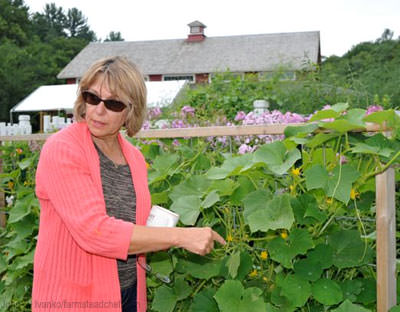
“Every seed has a story and that’s what we celebrate here in the gardens,” Ott Whealy says.
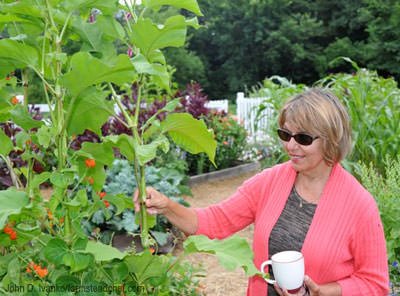
“I do have a lot of thoughts when I’m down here in the garden,” Ott Whealy shares as we ourselves drew inspiration from the beauty of the spot.
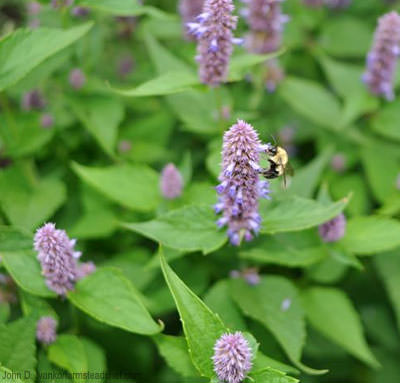
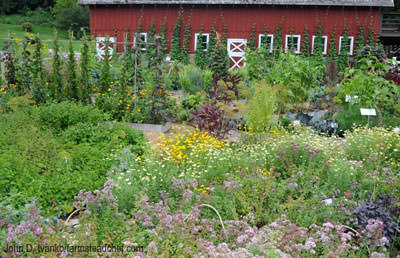
The diversity of Diane’s Garden shows how plants of different sizes work together; tall plants like to have smaller plants grow under them for shade or use the bigger plant as a trellis for support.
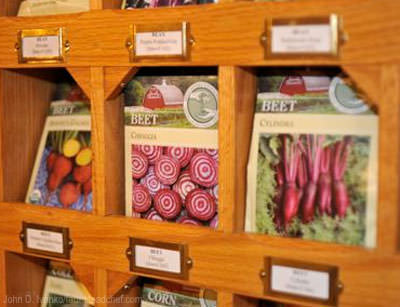
The visitor’s center offers a eye-catching array of heirloom seeds to take to your home garden.
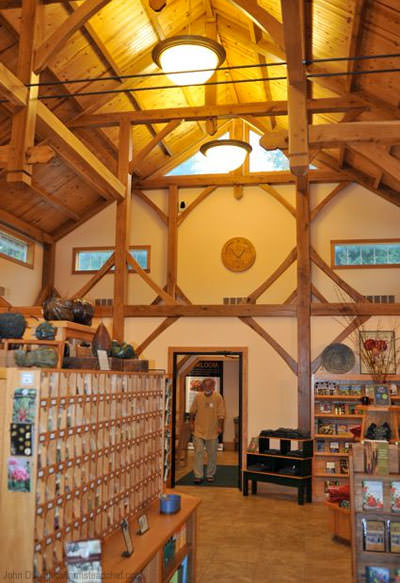
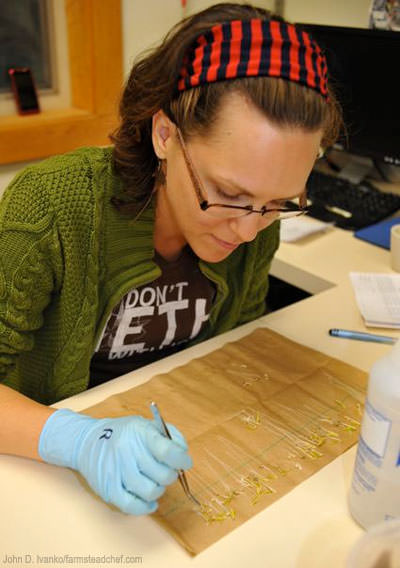
In addition to their public education work and outreach, Seeds Savers Exchange also does pioneering research on heirloom seeds.
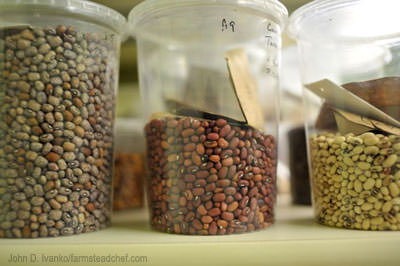
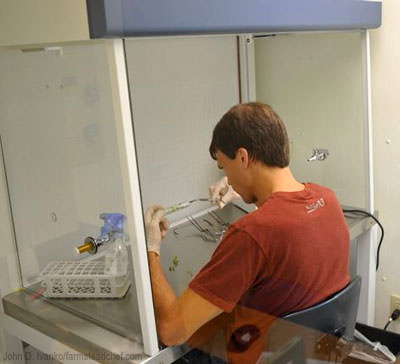
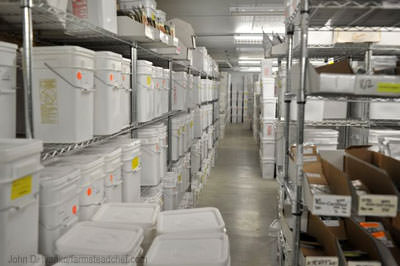
Seed Savers Exchange keeps large inventories of heirloom seeds, both for public sale through their catalog.
If you think all beets are maroon and only good for pickling, flip through the beet section of the Seed Savers catalog and try the Seed Savers Exchange recipe below for Roasted Beets with Mint Yogurt. The folks at Seed Savers recommend trying this with the Chioggia beet, which might look like a modern designer-style beet but was actually introduced to American gardeners from Italy back in the late 1840s. We love growing Chioggia beets on our farm in Wisconsin, as they’re not only tasty but quite the surprise package: They look like most dark purple beets from the outside, but the inside alternates red and white rings like a bulls-eye. Seed Savers recommends any beet for this recipe, but for more interest you can use a combination of golden, white and Chioggia beets.
Seed Savers adds that the color of these beets is retained and the flavor is intensified when roasted.
Recipe: Roasted Beets with Mint Yogurt
Courtesy of Seed Savers Exchange
Ingredients
- 2 pounds beets
- 1 cup plain yogurt
- 1/4 cup sliced red onion
- 1 clove minced garlic
- 1/4 cup chopped fresh mint
- pinch of sugar
- salt and pepper to taste
Preparation
Preheat oven to 425 degrees F.
Mix all ingredients besides beets and set aside. This is the yogurt dressing.
Wash beets, and trim tops and roots. Rub each beet with olive oil and place in shallow roasting pan. Cover with foil and roast beets for about 1 hour or until easily pierced with a knife.
When beets are cool enough to handle, remove skins and cut into slices. Arrange beets on plate and drizzle yogurt dressing over. Garnish with fresh mint leaves. Serve warm or chilled.




